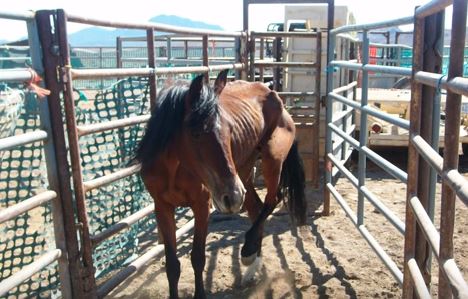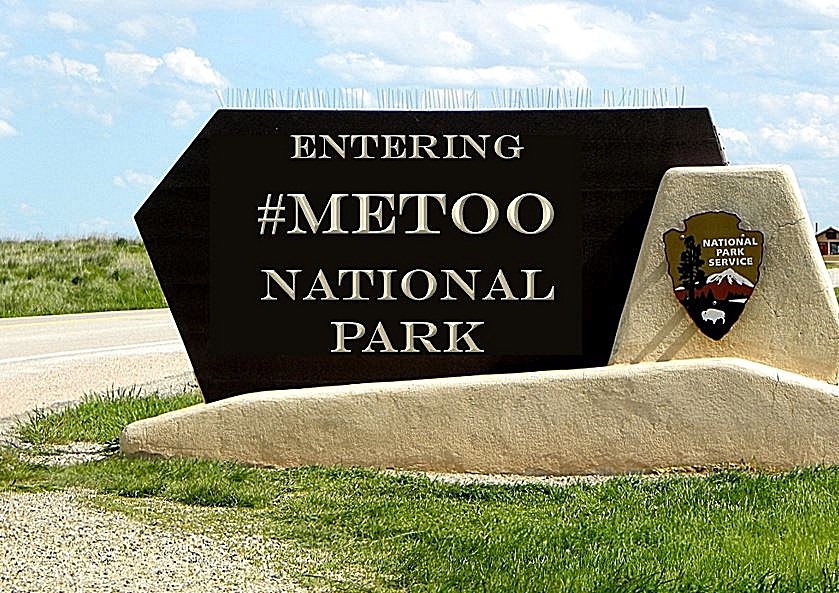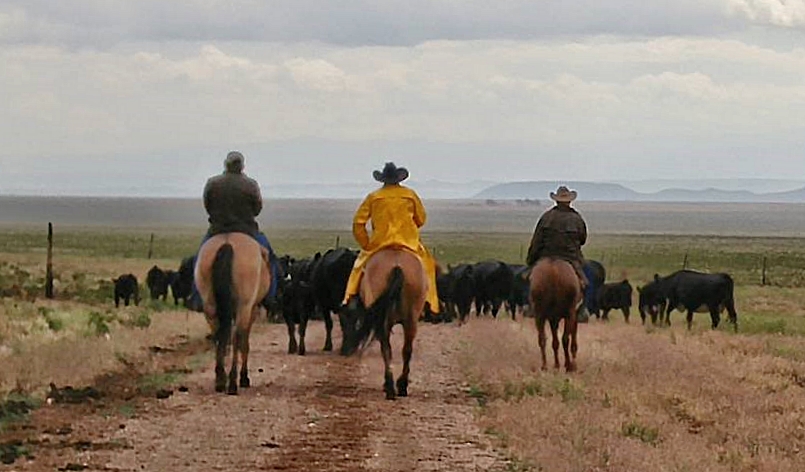Congress must get serious about the West’s wild horses
“We had to do something,” one frustrated board member said. “We couldn’t just sit on our hands anymore.”
The United States can target a drone on a lone desert hut halfway round the world and send a roving vehicle to Mars, but it can’t figure out what to do with the wild horses that overpopulate the West and wreak havoc on local range land.
And if events this month are any indication, the maddening paralysis may be getting worse. It’s time Congress got serious about the issue and gave the Bureau of Land Management resources to do a better job.
The BLM, which has responsibility to manage the horses, is by no means the villain here, despite what wild-horse advocates maintain. The agency’s options are limited by law, incessant litigation and public opinion that is oblivious to realities on the ground.
When the BLM announced this year that it planned to surgically sterilize wild horses in Oregon in a study, for example, one advocate group filed a lawsuit to stop the plan while others demanded their representatives be allowed to observe the procedures.
Earlier this month the BLM gave in and withdrew the proposal. Could sterilization be a viable option in certain circumstances? We may not find out now that the plan is off the table. But the status quo is not defensible, with 45,000 wild horses being held in corrals and pastures while 70,000 others roam range land that government biologists estimate should be home to no more than a third of that number.
“Wild horses are causing severe range land degradation in some areas. This isn’t an ‘if.’ This is a fact,” wrote a member of the bureau’s wild horse and burro advisory board in a recent blog post. The advisory board created a furor this month when it recommended, according to The Washington Post, “that the bureau sell or euthanize the ‘unadoptable’ animals” in its corrals. That is unlikely given the inevitable public outcry, and board members know it. Yet they apparently embraced the language in order to call attention to the problem.
“We had to do something,” one frustrated board member said. “We couldn’t just sit on our hands anymore.”
Culling wild horses is a political non-starter even though agencies sometimes cull other animals, such as elk, when they threaten an ecosystem. That has left the BLM with more difficult and time-consuming strategies for controlling horses — mainly adoptions and the contraceptive PZP.
Darting mares or capturing them and hand-injecting them has been successful — but only to point, the BLM says. The agency explains on its website that even though it has “administered a PZP-22 to thousands of mares on the range … significant reductions in the rate of population increase on a national level have not yet been apparent.”
Still, the agency has little choice but to ramp up deployment of PZP and to pursue what it calls the “next generation of wild horse fertility control agents.” That’s where Congress can help with additional targeted resources if it’s serious about tackling a problem that has bedeviled the West for too long.

*Free Range Report*



